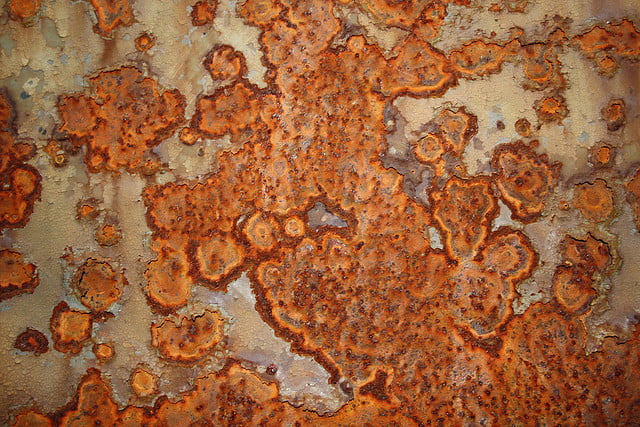Using the power of the sun and ultrathin films of iron oxide (commonly known as rust), researchers at the Technion, Israel’s Institute of Technology, have found a novel way to split water molecules to hydrogen and oxygen. The breakthrough, published this week in the scientific journal Nature Materials, could lead to less expensive, more efficient ways to store solar energy in the form of hydrogen-based fuels. This could be a major step forward in the development of viable replacements for fossil fuels.
Related articles
- Green Peace: The Arab-Israeli Solution For Clean Energy
- Research Finds ‘Fool’s Gold’ Regulates World Oxygen Levels
“Our approach is the first of its kind,” says lead researcher, Associate Professor Avner Rothschild, of the Department of Materials Science and Engineering. “We have found a way to trap light in ultrathin films of iron oxide that are 5,000 thinner than an office paper. This enables achieving high solar energy conversion efficiency and low materials and production costs.”
Iron oxide is a common semiconductor material, inexpensive to produce, stable in water, and – unlike other semiconductors such as silicon – can oxidize water without itself being [oxidized], corroded, or decomposed. But it also presents challenges, the greatest of which was finding a way to overcome its poor electrical conductivity properties. “For many years researchers have struggled with the tradeoff between light absorption and the separation and collection of the photogenerated charge carriers before they die out,” says Rothschild. “Our light-trapping scheme overcomes this tradeoff, enabling efficient absorption in ultrathin films wherein the photogenerated charge carriers are collected efficiently.”
The breakthrough could make possible the design of inexpensive solar cells that combine ultrathin iron oxide photoelectrodes with conventional photovoltaic cells based on silicon or other materials to produce electricity and hydrogen. According to Rothschild, “these cells could store solar energy for on-demand use, 24 hours per day.” This is in strong contrast to conventional photovoltaic cells, which provide power only when the sun is shining (and not at night or when it is cloudy).
The findings could also be used to reduce the amount of rare elements that the solar panel industry uses to create the semiconductor material in their second-generation photovoltaic cells. The Technion team’s light trapping method could save 90 percent or more of rare elements like Tellurium and Indium, with no compromise in performance.
Photo by carnifex82
Related posts

Resilient And Nutritious New Plant-Based Milk Aims To Make A Splash

Chocolate From Cultivated Cocoa Comes Without Environmental Toll

Plastic Fantastic: Startup Takes PVC Back To Its Crude Oil Roots




Facebook comments